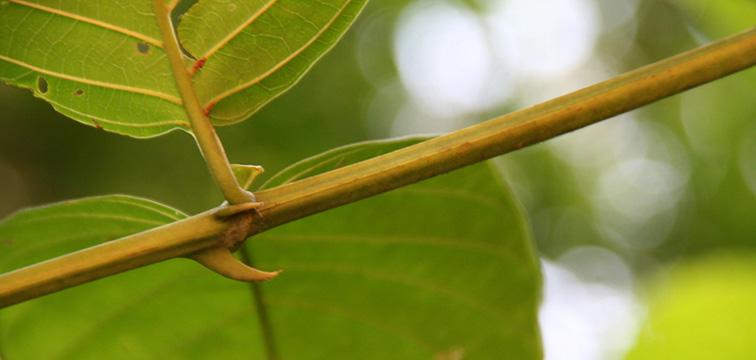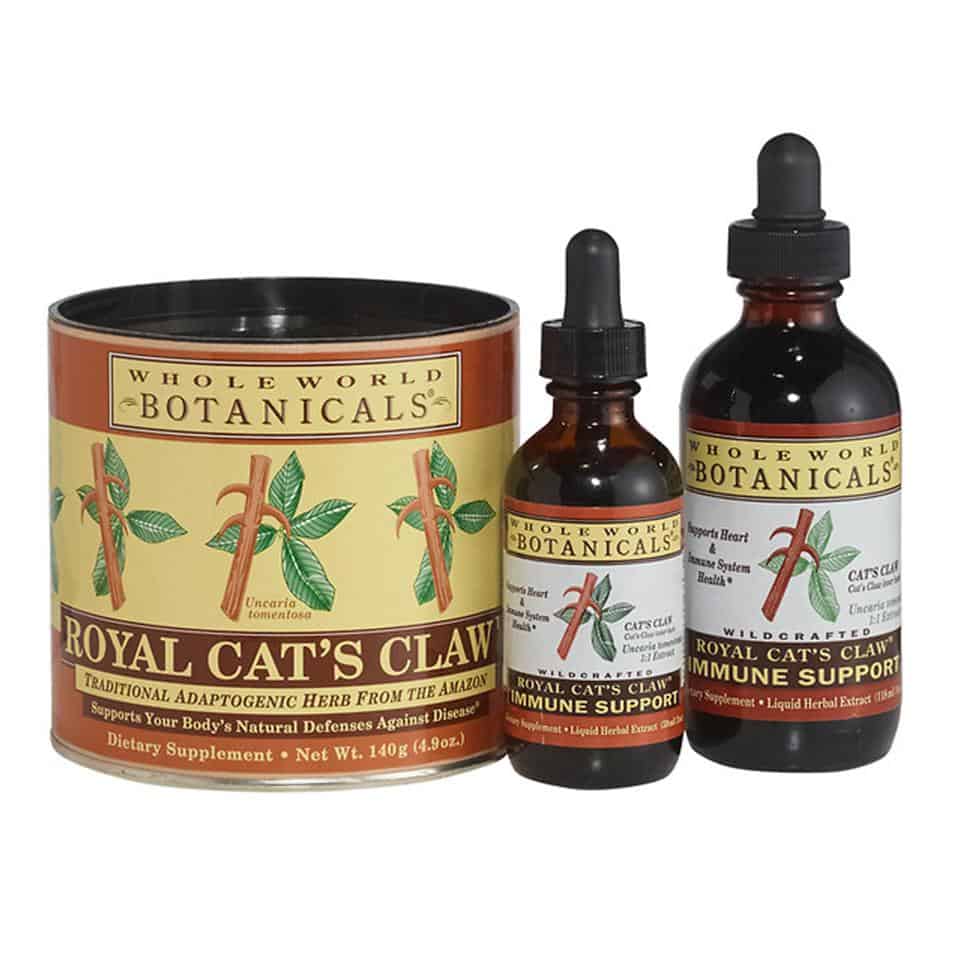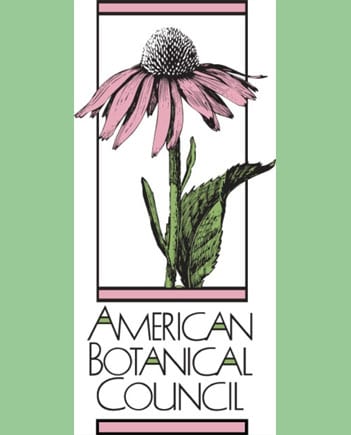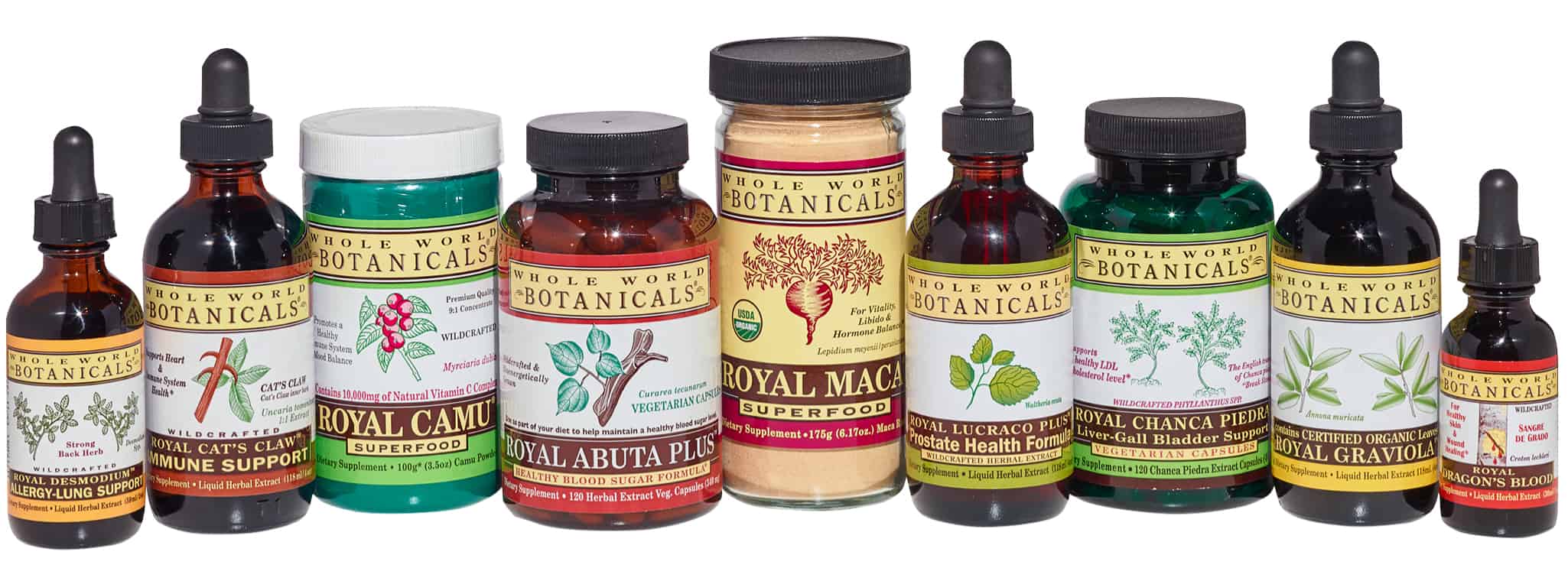CAT’S CLAW: NATURE’S MEDICINE CABINET
An Introduction
By Viana Muller, PhD
When I’m not feeling well, it’s often a sore throat, a headache, a feeling of discomfort in the gut, or a mix of low energy and mental malaise. Others might have aches or a touch of arthritic pain. But these vague and common symptoms are not likely to send me – or you – running to a doctor, because doctors often just stare blankly, order various tests, and, when the test results come back, end up saying “everything is fine.” That’s why my first response is often to turn to Cat’s Claw.
I first learned about Cat’s Claw from a wonderful missionary couple who had long been interested in indigenous medicinal plants after decades living in the Peruvian rainforest. Ron and Phyllis Manus told me that the most useful rainforest remedy they had found and used in their many years of working with the Urarina people was Cat’s Claw.
Cat’s Claw has been a popular medicinal tea with the Indigenous people of Peru for at least 2,000 years. Cat’s Claw – botanical name Uncaria tomentosa, and uña de gato in Spanish – gets its name from the claw-like thorns that give the vine its unique appearance. (There’s a related plant, Uncaria guianensis, also called Cat’s Claw; it contains only a fraction of the therapeutic properties found in Uncaria tomentosa.)
In this first part of my series on Cat’s Claw, I’ll introduce you to this remarkable therapeutic botanical and summarize some of the ways Cat’s Claw can support your gut and immune health. Part Two will explore other ways Cat’s Claw can promote immune health, as well as support mood, brain performance, and cardiovascular health, and reduce inflammation. *






















